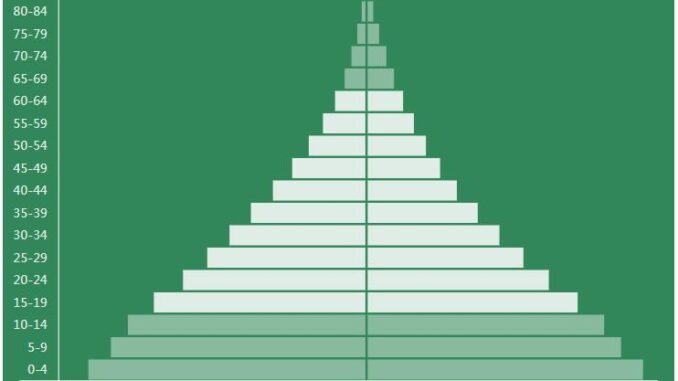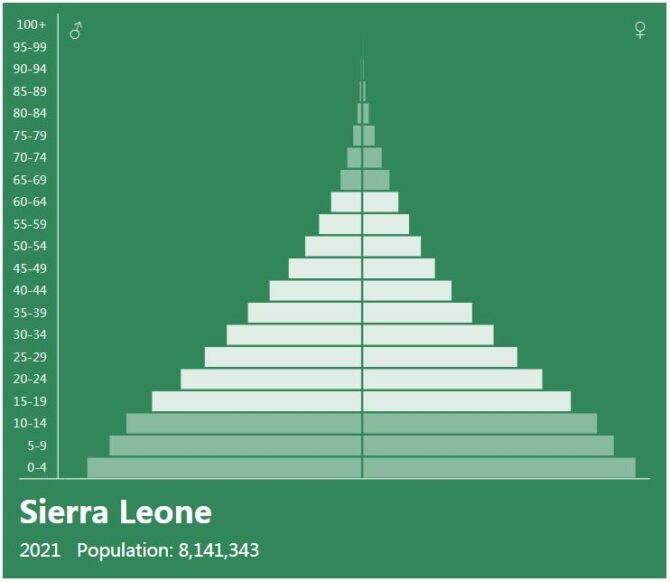
Yearbook 2000
Sierra Leone. Despite the UN Security Council’s decision in February to increase the UNAMSIL peacekeeping force from 6,000 men to 11,000, UN efforts were soon hit by severe setbacks. In May, the 1999 peace treaty collapsed, when Revolutionary United Front (RUF) rebels took around 500 UN soldiers hostage. RUF went on a new offensive and once again threatened the capital Freetown. The UN force seemed helpless. Britain sent 700 paratroopers and a naval force to Sierra Leone to curb rebel offensive and evacuate Westerners, as well as 90 officers to train the weak Sierra Leonean army.
After the government-friendly militia seized RUF leader Foday Sankoh, President Ahmad Tejan Kabbah announced that Sankoh’s legal immunity had been revoked and that he would face trial. Sankoh had been sentenced to death in 1998, but was pardoned in connection with the peace treaty the following year and received a high government post. Under pressure from an army offensive, the rebels released all captured UN soldiers, but fighting continued around the country. UNAMSIL had problems with poor organization and poor fighting morale, and on the government side there was a great divide between the army and unreliable militias, which were just as often devoted to robbing civilians as fighting RUF.
- ABBREVIATIONFINDER: Offers three letter and two letter abbreviations for the country of Sierra Leone. Also covers country profile such as geography, society and economy.
In July, the UN Security Council approved an international ban on the export of diamonds from rebel-controlled areas in Sierra Leone in an attempt to deprive RUF of its supply. The Security Council also gave UNAMSIL the right to act more aggressively and decided to set up a war criminal court in Freetown.
The situation worsened again when eleven British soldiers and a domestic officer were kidnapped in late August by the most notorious militia, the West Side Boys. The militia demanded to be represented in a new government. Two weeks later, British elite soldiers stormed the militia’s headquarters and freed the hostage. At least 25 militia soldiers were killed and many were captured, including leader Foday Kallay.
In November, the government and the RUF included a ceasefire. The rebels promised to release all prisoners, return stolen weapons and let UN soldiers into the areas they held.
After a prolonged schism within UNAMSIL, the force’s Indian commander resigned in November and was replaced by a Kenyan. At the same time, India and Jordan announced that their forces would be taken home before the turn of the year.
Population 2000
According to COUNTRYAAH, the population of Sierra Leone in 2000 was 4,584,460, ranking number 113 in the world. The population growth rate was 1.270% yearly, and the population density was 63.5158 people per km2.
In 1991, despite the launch of a Constitution that reintroduced multi-partyism, the armed opposition of the Revolutionary United Front (RUF), linked with one of the forces involved in the conflict in Liberia, began to manifest itself in the country. In 1992 Momoh was overthrown by a coup organized by some young officers, led by Captain VEM Strasser, in turn overthrown in 1996 by a new military coup that brought J. Maada Bio to power. The latter allowed the holding of multi-party general elections, won by the SLPP, and in March 1996 gave the powers to the elected president, AT Kabbah. The return to civilian administration allowed the start of difficult peace talks between members of the new government and the RUF rebels. The agreements were signed in Abidjan (Ivory Coast) in November 1996, but the peace process was endangered by yet another military coup that in 1997 brought Major JP Koroma to power, supported by the rebels. Isolated from the international community, the Koroma government suffered economic and military pressure from troops, mostly Nigerian, of the ECOMOG (Economic Community Monitoring Group), the military monitoring organization of the ECOWAS (Economic Community of West African States). Between the end of 1997 and the beginning of 1998, ECOMOG forces bombed the airport, the port and the city of Freetown several times, resulting in the return to power of Kabbah and the escalation of the civil war. On 7 July 1999, the signing of the peace accords in Lomé (Togo) between Kabbah and the leader of the RUF, F. Sankoh, seemed to establish a truce; blue helmets of the United Nation Observer Mission in Sierra Leone (UNOMSIL, later UNAMSIL). At the same time Sankoh was arrested. In the meantime, the clashes and destruction multiplied in the country in an endemic conflict that saw the rebels fighting to maintain control of the country’s diamond mines, with the complicity of several African states, primarily Burkina Faso. and Liberia, and indirectly also of the great European merchants. In November 2000, a new ceasefire was signed, but it was not respected. After a harsh offensive against RUF rebels, a new peace agreement for the suspension of all hostilities was signed in Freetown in May 2001. The first general elections after more than ten years of civil war, held in a peaceful atmosphere and with a ‘high percentage of voters saw the victory of Kabbah and his party. While an economic and social disastrous situation remained, a Commission for Truth and Reconciliation set up on the South African model went to work to definitively end the era of civil war.
